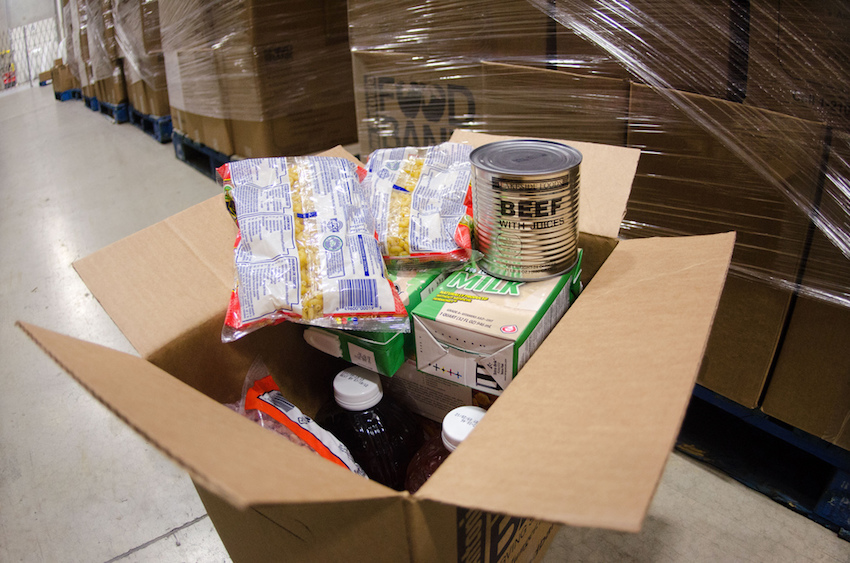As the holidays fill our homes with family, friends and food, there are some who struggle —not just to make a holiday meal special —but to find something to eat every day. A new study cites cuts in food stamp benefits as one cause of the “hunger cliff,” from which families in the city dangle. Instead of emergency food services being used for emergency situations, an increased number of people across the nation rely on food pantries or soup kitchens to fill a chronic need for sustenance. The first line of defense should be food stamps, summer meal and school lunch programs and assistance for women with children, said Triada Stampas, author of the study. “The emergency food network designed to fill in the gaps. It is not designed to be the primary solution,” said Stampas, who serves as vice president for research and public affairs for Food Bank for New York City. RELATED:Where to volunteer in NYC: Food banks, shelters and soup kitchens Nearly 42 percent of food pantries in New York reported running out of food in September, according to the study. The same network of emergency food services reported that 29 percent of facilities had to turn people away due to lack of food, but according to Stampas, that is actually a decrease from previous years. In 2010, the Healthy, Hunger-Free Kids Act was signed into law and reduced food-stamp funding and increased the reimbursement for school lunches by six cents. Stampas said the cuts to the food stamp program were never supposed to take effect in 2013, but Congress and the president did not find another source of funding. The increase in need for emergency food services spiked and then held steady, Stampas said, never returning to pre-cut levels.
Diane Arneth, the executive director of Community Health Action, an arm of Bright Point Health, said levels in the Staten Island facility rose from 400,000 meals served in 2013 to about 700,000 in 2014. Forty percent of people who use Community Health Action’s food pantry are employed and 42 percent of those served are under the age of 18.
Under new White House administration, the problem could get worse, advocates say.
“At one point when the SNAP [food stamps] cuts came in, there were pantries that were turning people away and there were pantries running out of food,” Arneth said. “Fortunately, that didn’t happen to us too often. If resources shrink and if SNAP changes, frankly I’m not sure how we’d make up the difference. “Our organization raises money to pay for the things we don’t have money for and we spend, I would guess, close to 100,000 a year of what we raise on food. That’s in addition to the literally hundreds of thousands of dollars we get from other sources [like private donors and state federal funding].” SNAP benefits come from a flexible budget, which means that when need increases, so does funding. When need shrinks, the money spent by the government does as well. “It would be dishonest to say we don’t have anxieties,” Stampas said of the incoming president. If money is allocated to each state in a block, funding could run out and the network of food providers might have to make some hard choices.
Turning people in need away is the last thing any food bank wants to do, Stampas said. Instead, food pantries and soup kitchens try to do more with less, by reducing portion size or the number of meals in a bag. “The question I always have is, having done this for so many years, how can a country that is as wealthy as this country have so many people that are going hungry?” Arneth asked. “We provide emergency food to people because they need to eat, but what are we doing as a country that we have so many people that stand in line for three hours for a box of cereal, a bag of rice and a can of beans?”
Food shortages in NYC causing families to fall off ‘hunger cliff’

Google Commons


















